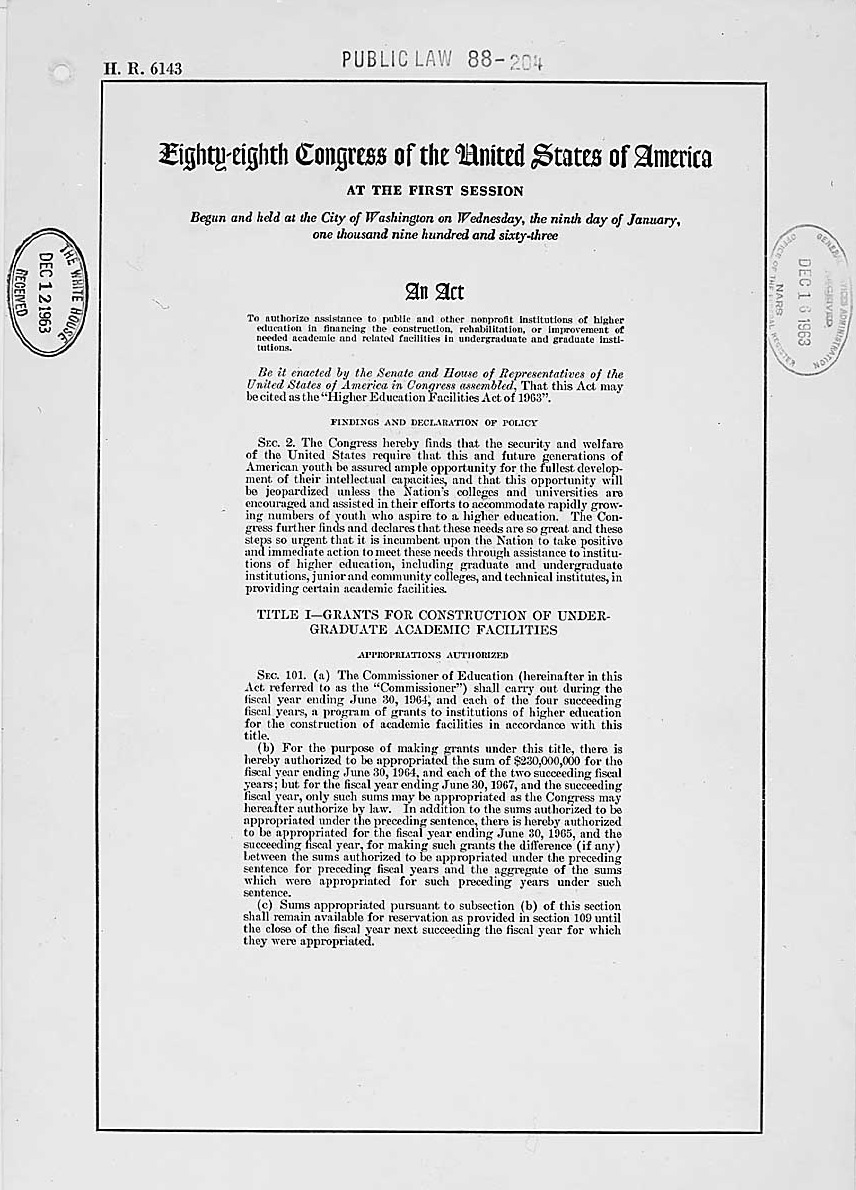The Deer Laboratory
- Home Page 121

King’s Cake
It’s King Cake season and the perfect time to try your hand at making one of your own. @LSUDining’s full recipe@LSUhttps://t.co/mKFYRbnpfC pic.twitter.com/k2fd7rHJTw
— Standards Michigan (@StandardsMich) January 8, 2022
Electric Power Availability: Cold Weather Preparedness
PUBLIC LAW 109–58—AUG. 8, 2005 | ENERGY POLICY ACT OF 2005
January 25th Joint Meeting of the Nuclear Regulatory Commission and FERC: Docket No. AD06-6-000. Given the close coupling of electric and natural gas supply with respect to power reliability, the mind boggles at the hostility of the Biden Administration to natural gas anywhere on earth. Natural gas is critical to generation plant black start capabilities and hospitals, among others.
A selection of the presentations:
“Long Term Reliability Assessment” – Presented by Mark Lauby, Senior Vice President and Chief Engineer, NERC
“Grid Reliability Overview & Updates” – Presented by David Ortiz, Director of the Office of Electric Reliability
“Status of Standards and Implementation for Cold Weather Preparedness and Applicability to Nuclear Plants” – Presented by David Huff, Electrical Engineer, Office of Electric Reliability
“Gas-Electric Coordination Since Winter Storm Uri” – Presented by Heather Polzin, Reliability Enforcement Counsel, Office of Enforcement
“Overview of Power Reactor Activities” – Presented by Andrea Kock, Deputy Office Director for Engineering, NRR
“Grid Reliability Updates” – Presented by Jason Paige, Chief, Long-Term Operations and Modernization Branch, Division of Engineering and External Hazards, NRR
Related:
Utah State University: History of Probability
Sample Probability and Statistics Problem from Professional Electrical Engineer’s Examination
Mississippi River Coffee Crawl
Universities Wisconsin | Annual Financial Reports
Weekend Recap
Dydd Gwyl Dewi Hapus. Happy St David’s Day. Courtesy Sheena @davies_parry #WelshPassion #Wales pic.twitter.com/HOAQQP0MMX
— It’s Your Wales (@ItsYourWales) March 1, 2025
“O death, where is thy sting? O grave, where is thy victory?
The sting of death is sin; and the strength of sin is the law.
But thanks be to God, which giveth us the victory through our Lord Jesus Christ.” pic.twitter.com/C31ISSYE8t
— Kristin M. Collier, MD (@HSRdirector) March 2, 2025
Great delight visiting Balliol College where Her Majesty the Empress studied. Thank you, The Master, Dame Helen Ghosh, for hosting me and showing me around. pic.twitter.com/3KFC0CYkOP
— Hiroshi Suzuki (@AmbJapanUK) March 2, 2025
Congratulations to the cast and crew on a successful weekend of our winter musical, “Footloose.” It was great to see all of your hard work culminate in two outstanding shows for our school community and the public to enjoy! pic.twitter.com/8ZiCvppV9p
— St. George’s School (@DragonsofSG) March 2, 2025
Still cold here in Ohio in case you were wondering pic.twitter.com/tM9u4qocNe
— Katie (@ALadyNamedKatie) March 2, 2025
A huge well done to our Raspberry Pi teams who ran a very successful cake sale on Thursday break time! pic.twitter.com/5UKr5md81p
— Junior School | King Edward’s School (@KESBathJunior) March 2, 2025
Dydd Gŵyl Dewi Hapus! 🏴 pic.twitter.com/jeNHSdrYIK
— Hiroshi Suzuki (@AmbJapanUK) March 1, 2025
The chapel in Esterbrook Wy. pic.twitter.com/dUF8XUZcdD
— Prarie Patriot (@russcar10now) March 2, 2025
French Baguette & Cowboy Coffee
Napoleon Bonaparte changed the specification for the traditional round bread so that his soldiers could more easily march with food. Chef Woehrle from the National Center for Hospitality Studies in Jefferson County Kentucky demonstrates how to do it.
Do you know the difference between Italian cornetto and French croissant? pic.twitter.com/P2SMHzMQc6
— TasteAtlas (@TasteAtlas) August 27, 2024
Sullivan’s is thrilled to announce that it now offers the Professional Baker Diploma program at our Lexington campus!
In as little as 9 months, earn your Baking and Pastry degree in a quick, straight-line approach.
Learn more at https://t.co/QnMUcu4eHF pic.twitter.com/3PGSXO7rr5
— Sullivan University (@SullivanU) May 10, 2023
City Chickens 101
Utah State University Net Position 2023: $1.829B
Utah State University Extension
There are a few campuses in the USA and UK where chickens are allowed to roam freely, often as part of educational programs or sustainability initiatives.
In the USA, some examples include:
University of California, Davis: The campus has a farm that includes free-range chickens as part of its agricultural programs.
Bard College: They have a farm that features free-range chickens, contributing to their sustainable agriculture practices.
In the UK, examples include:
University of Edinburgh: They have had initiatives where chickens roam freely as part of urban farming projects.
Kingston University: Their campus has included chickens in community gardening efforts.
These programs often emphasize sustainability, education, and the benefits of local food production.
Small scale chicken farming, as in residential and even in educational settlements, are regulated at the local level by municipalities, cities, or counties. Local ordinances vary widely with some common elements including:
- Zoning Laws: These laws determine whether residential areas can keep chickens and in what capacity. Some areas may prohibit chickens entirely, while others may allow a limited number.
- Permit Requirements: Some localities require residents to obtain a permit to keep chickens.
- Coop Specifications: Regulations may include specific requirements for chicken coops, such as size, location, and sanitation standards.
- Noise and Nuisance Laws: Rules may be in place to manage noise and odors, ensuring that chickens do not become a nuisance to neighbors.
- Health and Safety Codes: These codes can cover the cleanliness of the area where chickens are kept, as well as guidelines for feeding and waste disposal to prevent attracting pests or creating health hazards.
Size of chickens over the years
pic.twitter.com/JKRmxn4Ess— Science girl (@gunsnrosesgirl3) January 18, 2025
Women are the same at all ages😂 pic.twitter.com/x4Y95x7xQq
— The King (@xxxxTheKing) July 12, 2025
Winter Sowing
This content is accessible to paid subscribers. To view it please enter your password below or send mike@standardsmichigan.com a request for subscription details.
New update alert! The 2022 update to the Trademark Assignment Dataset is now available online. Find 1.29 million trademark assignments, involving 2.28 million unique trademark properties issued by the USPTO between March 1952 and January 2023: https://t.co/njrDAbSpwB pic.twitter.com/GkAXrHoQ9T
— USPTO (@uspto) July 13, 2023
Standards Michigan Group, LLC
2723 South State Street | Suite 150
Ann Arbor, MI 48104 USA
888-746-3670
























